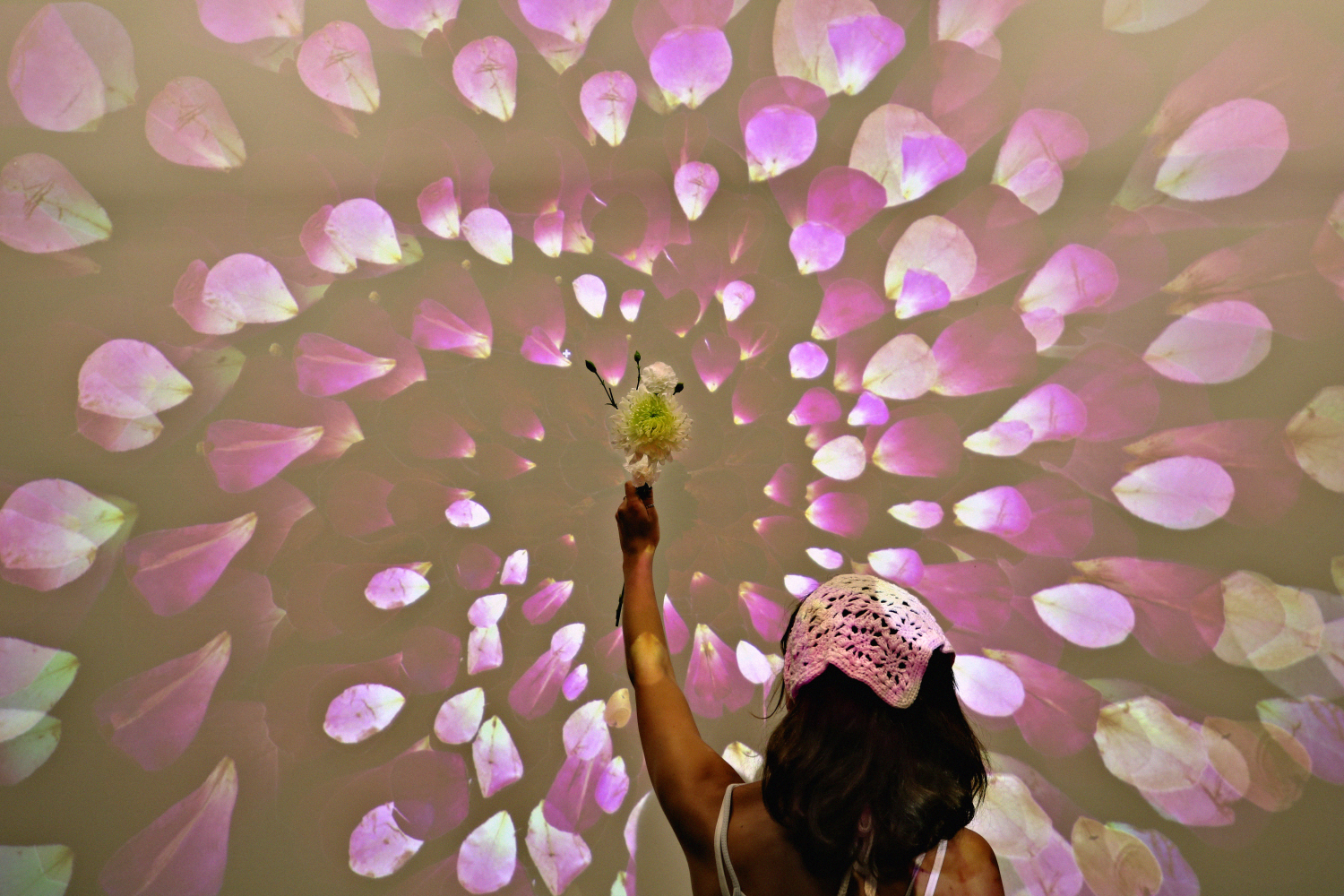
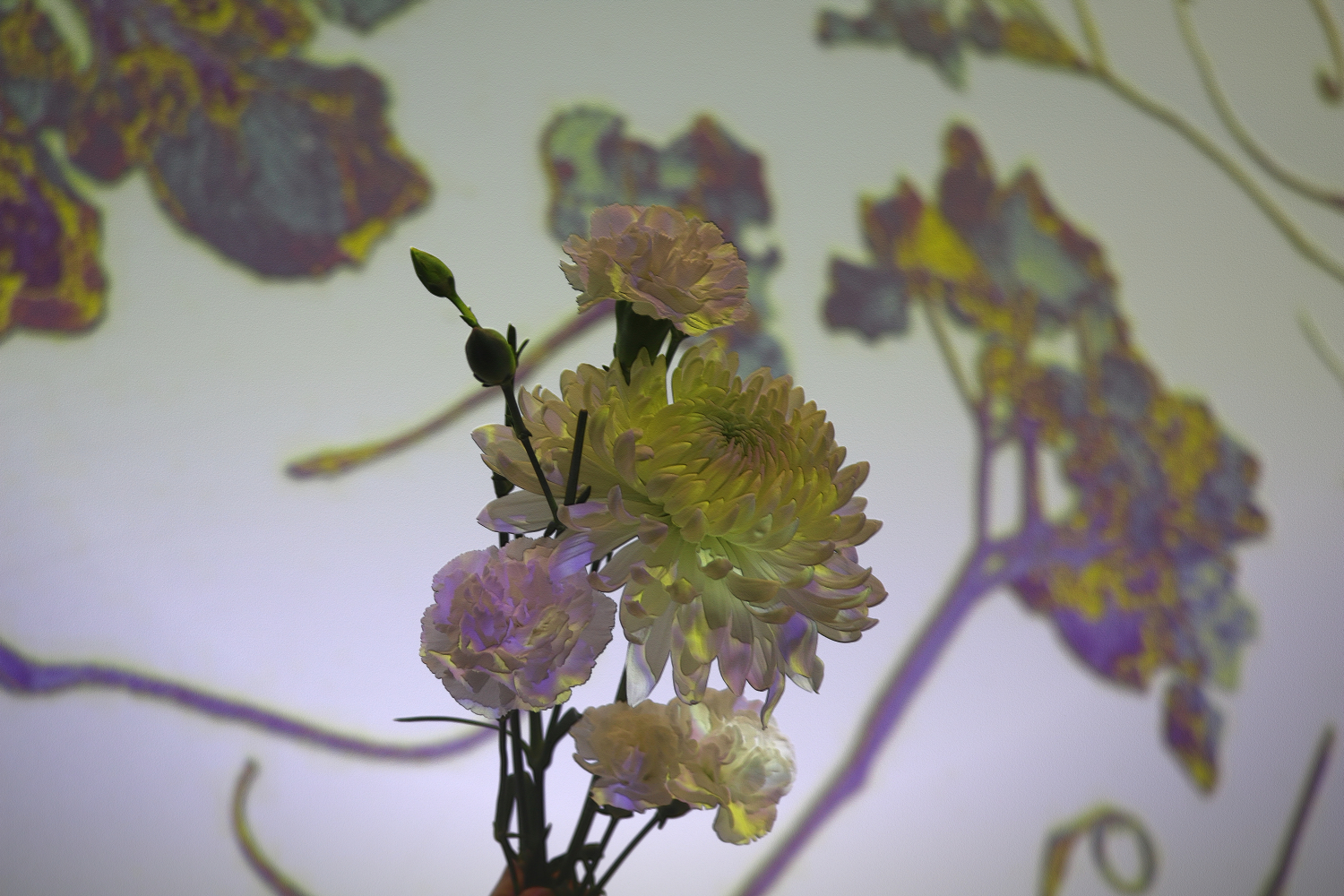
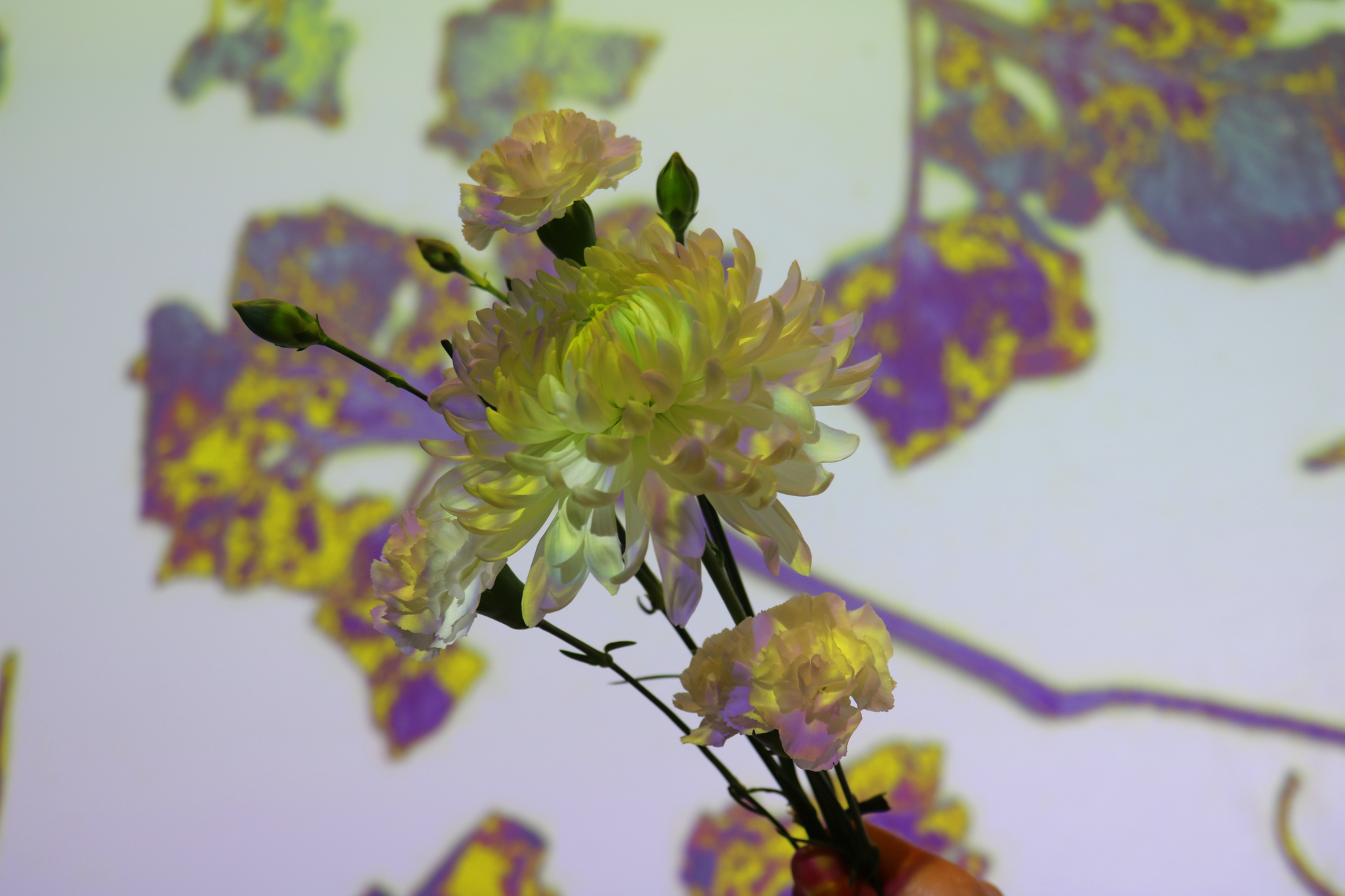
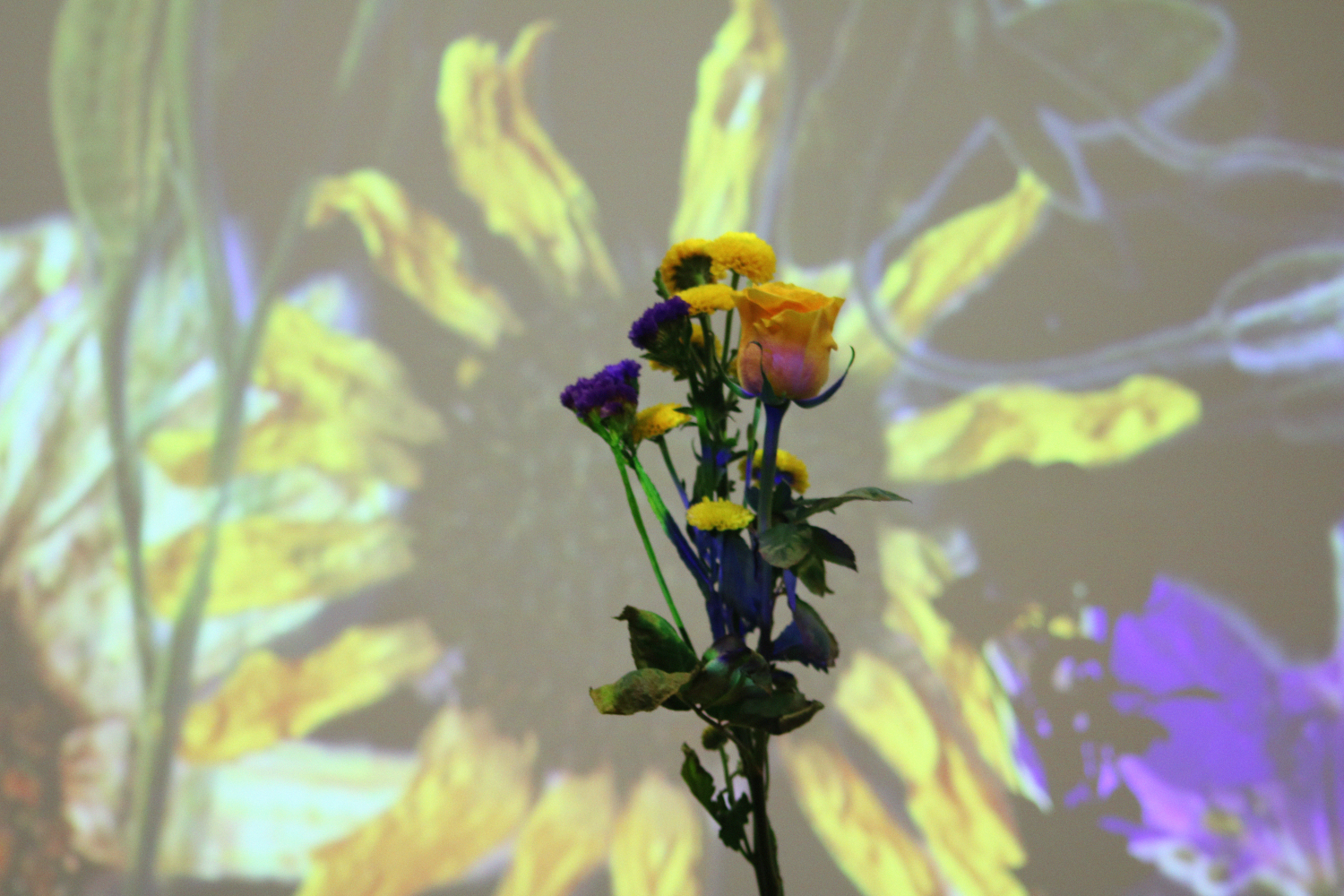
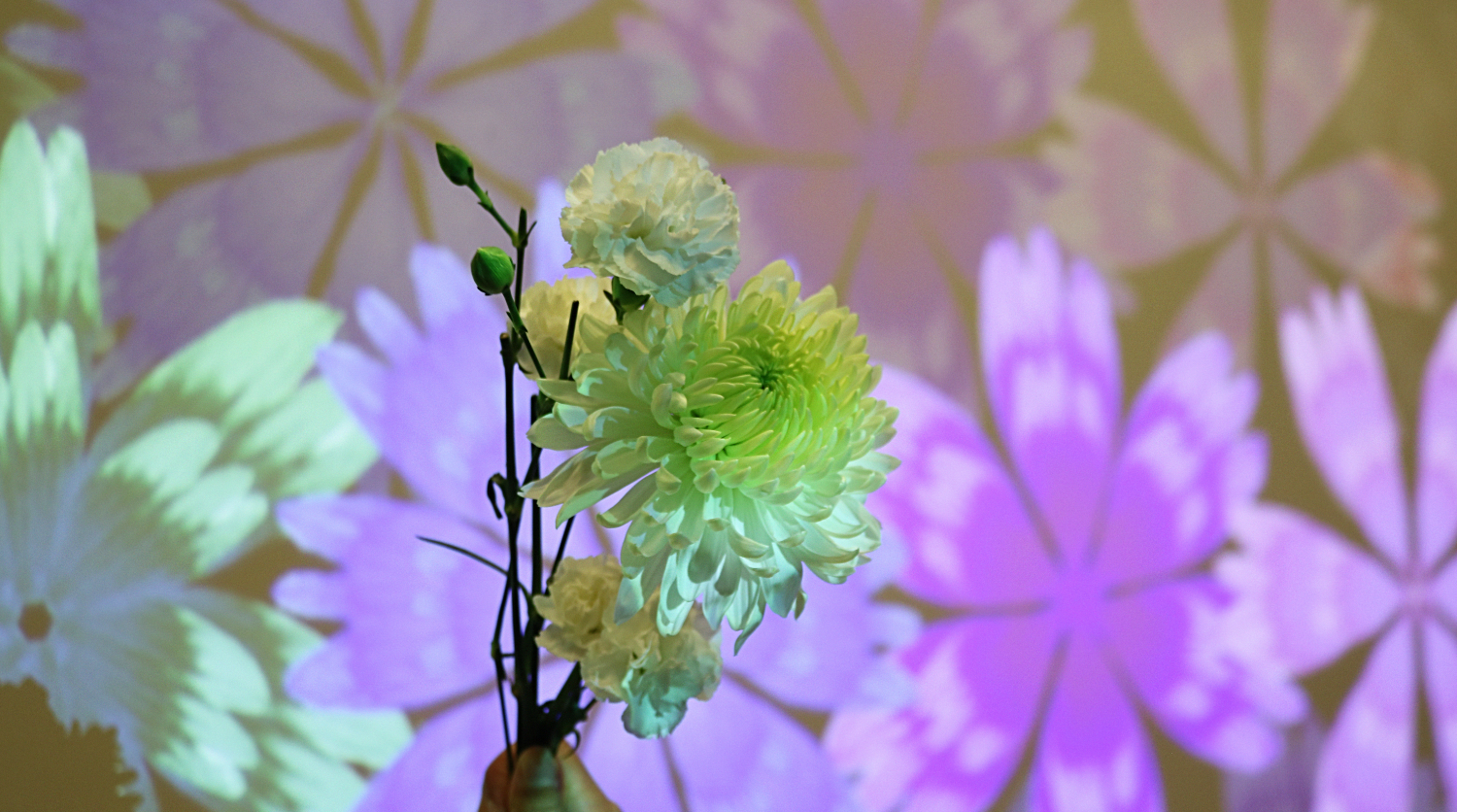
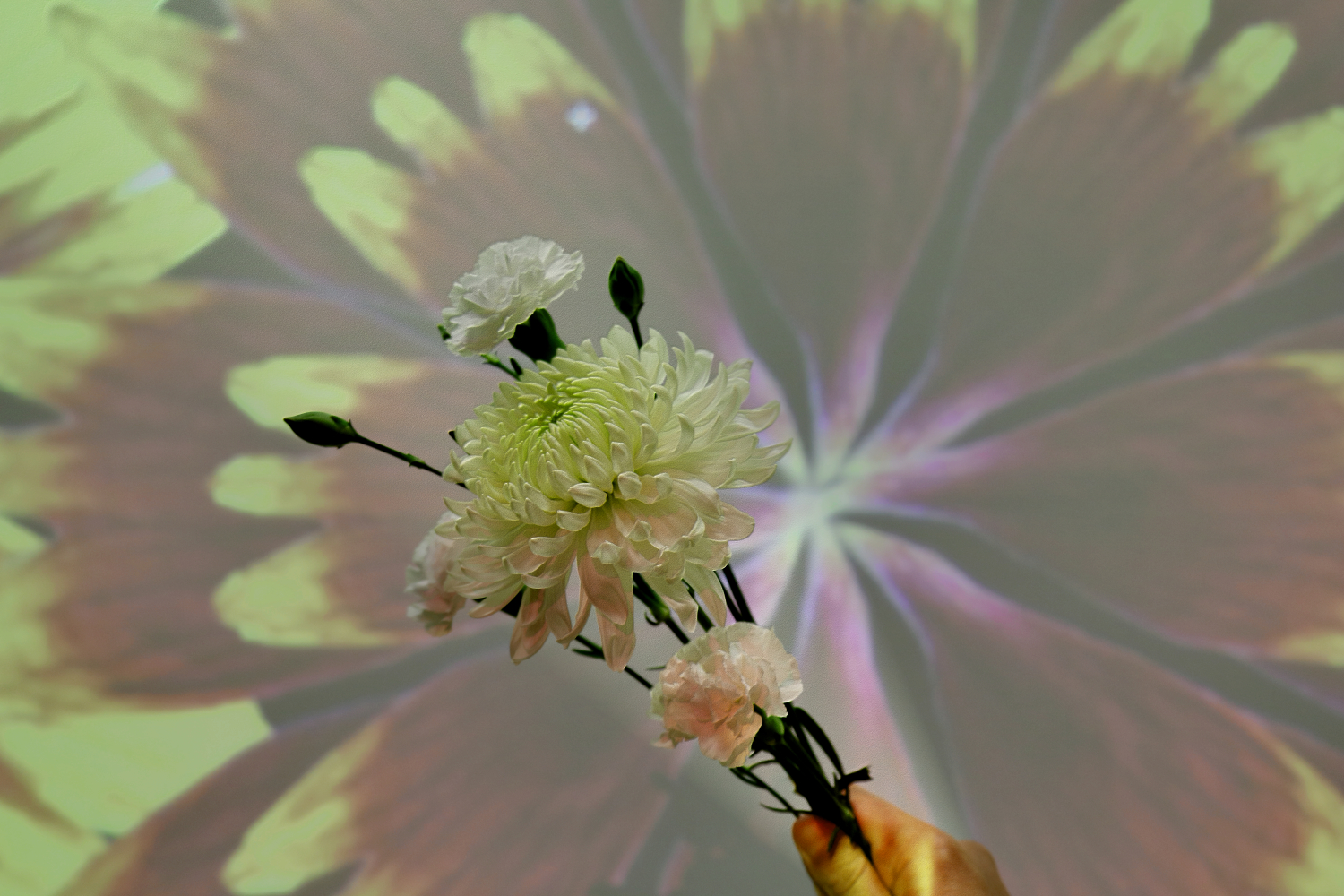
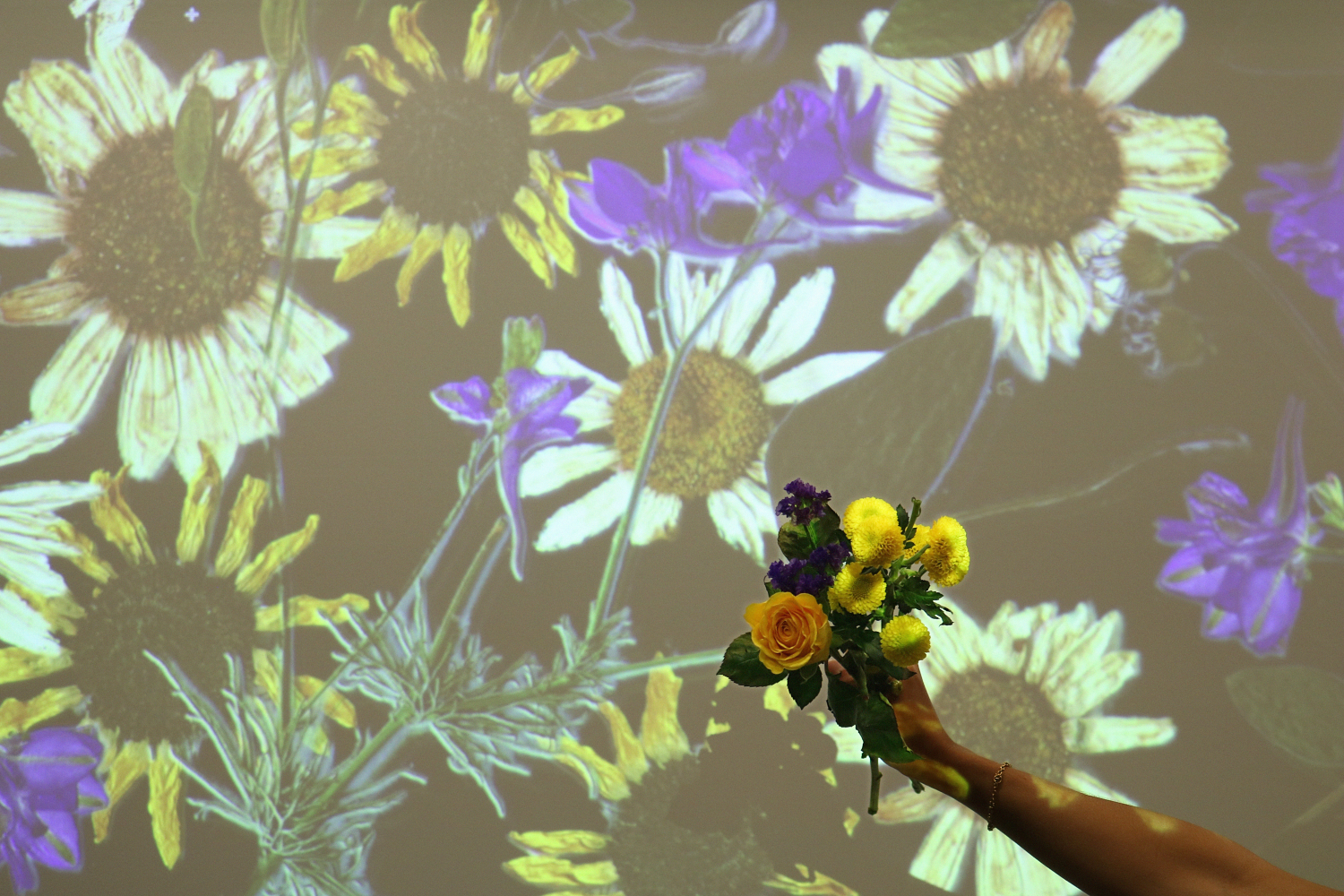

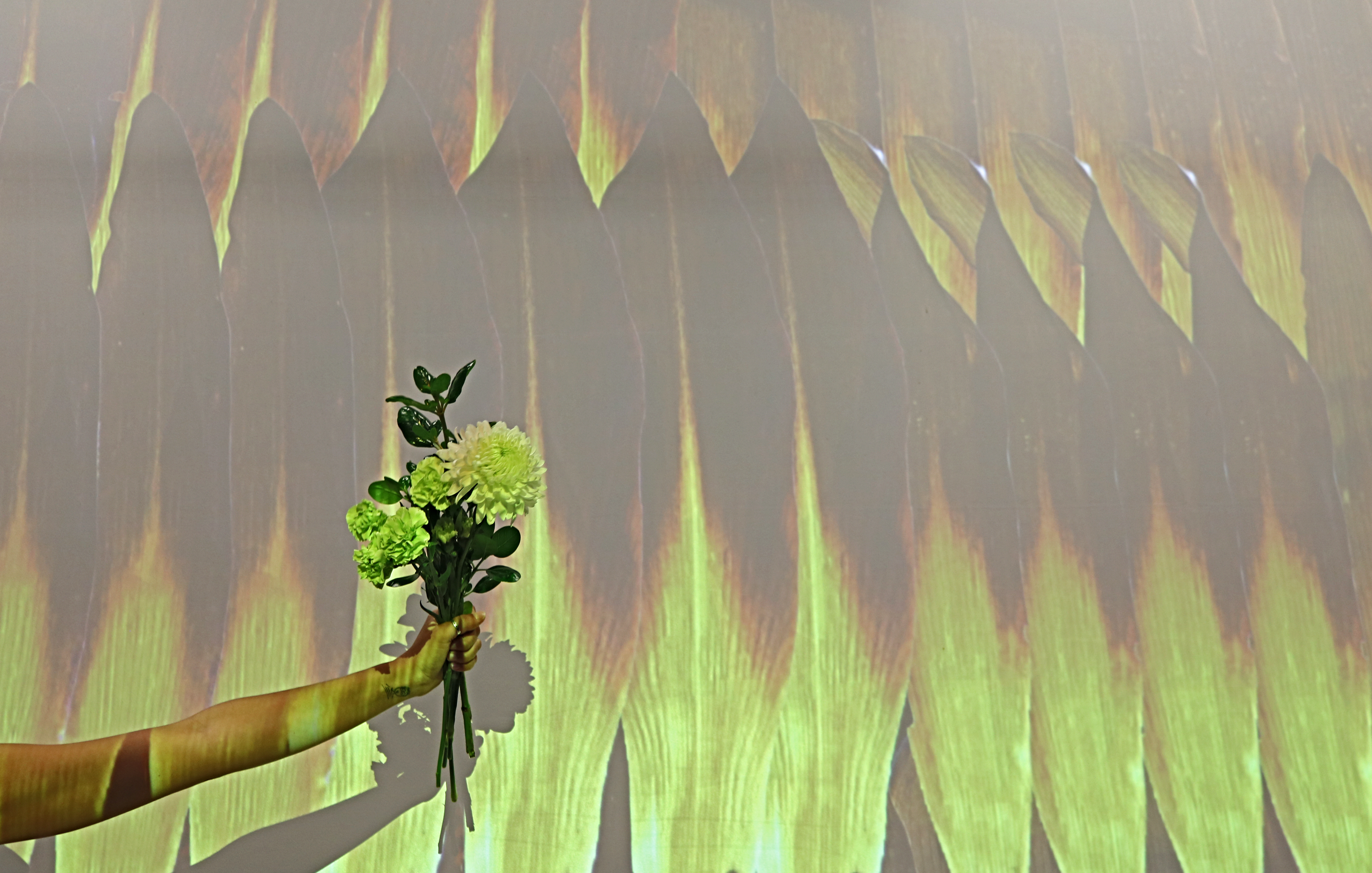
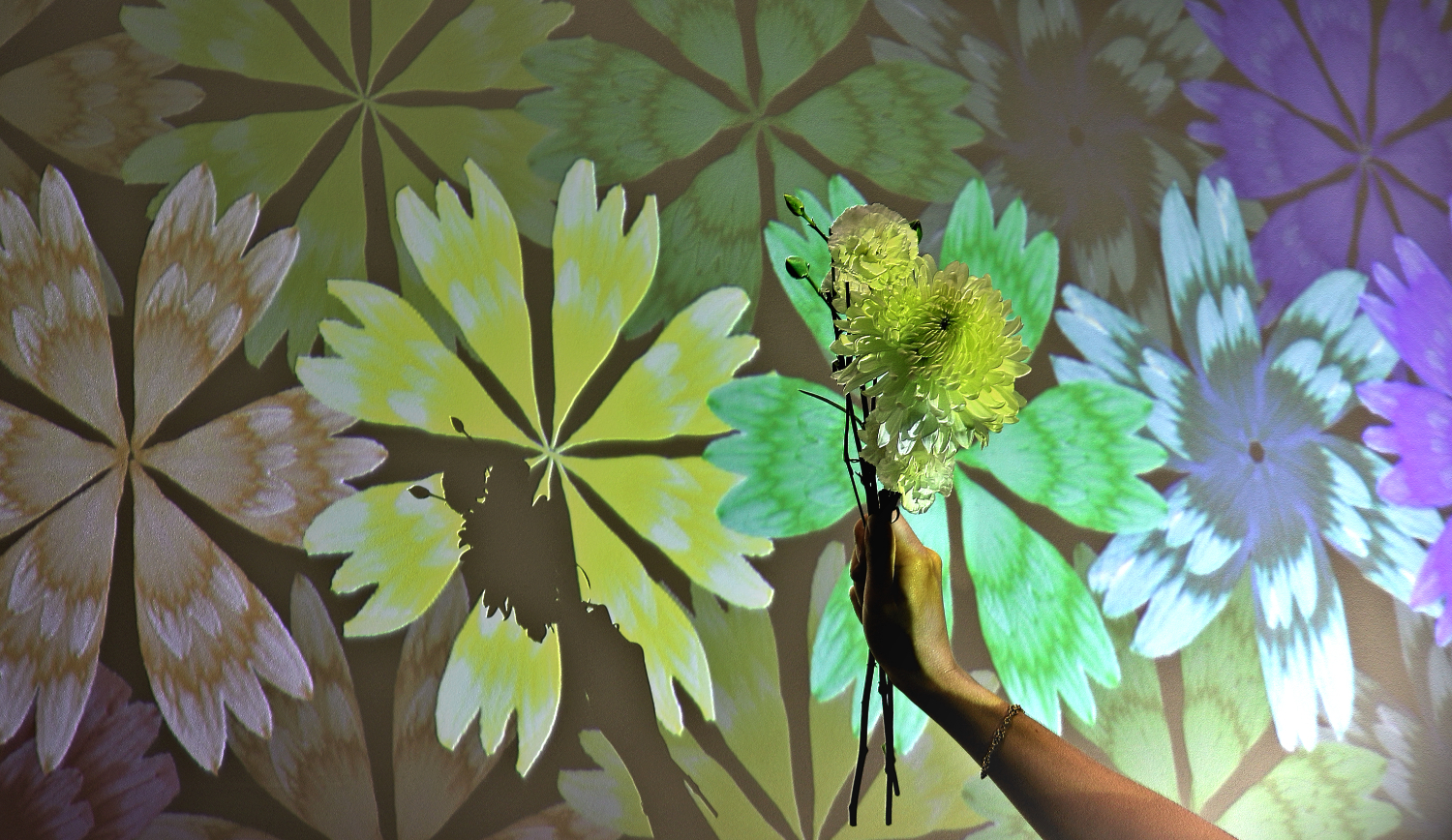
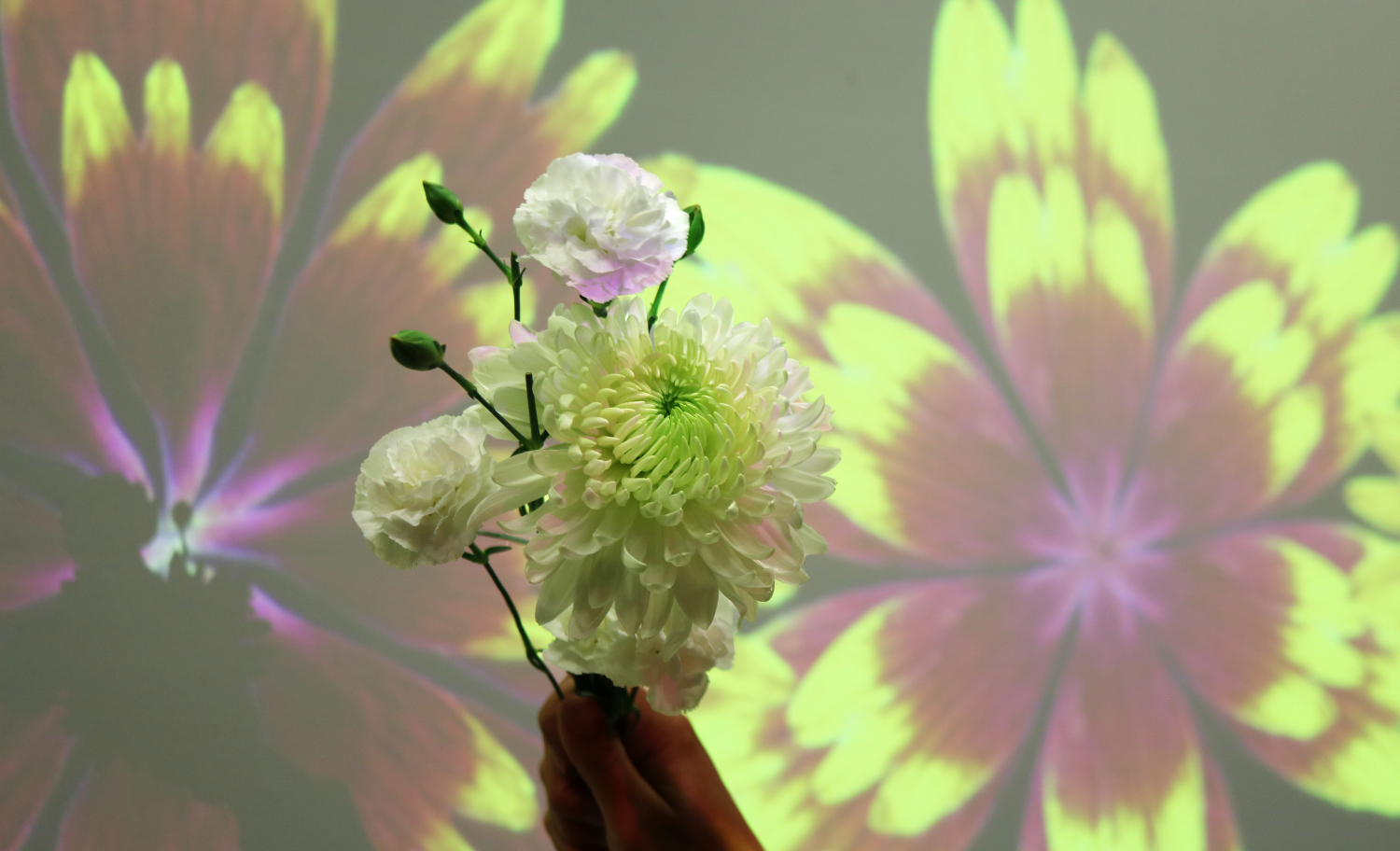

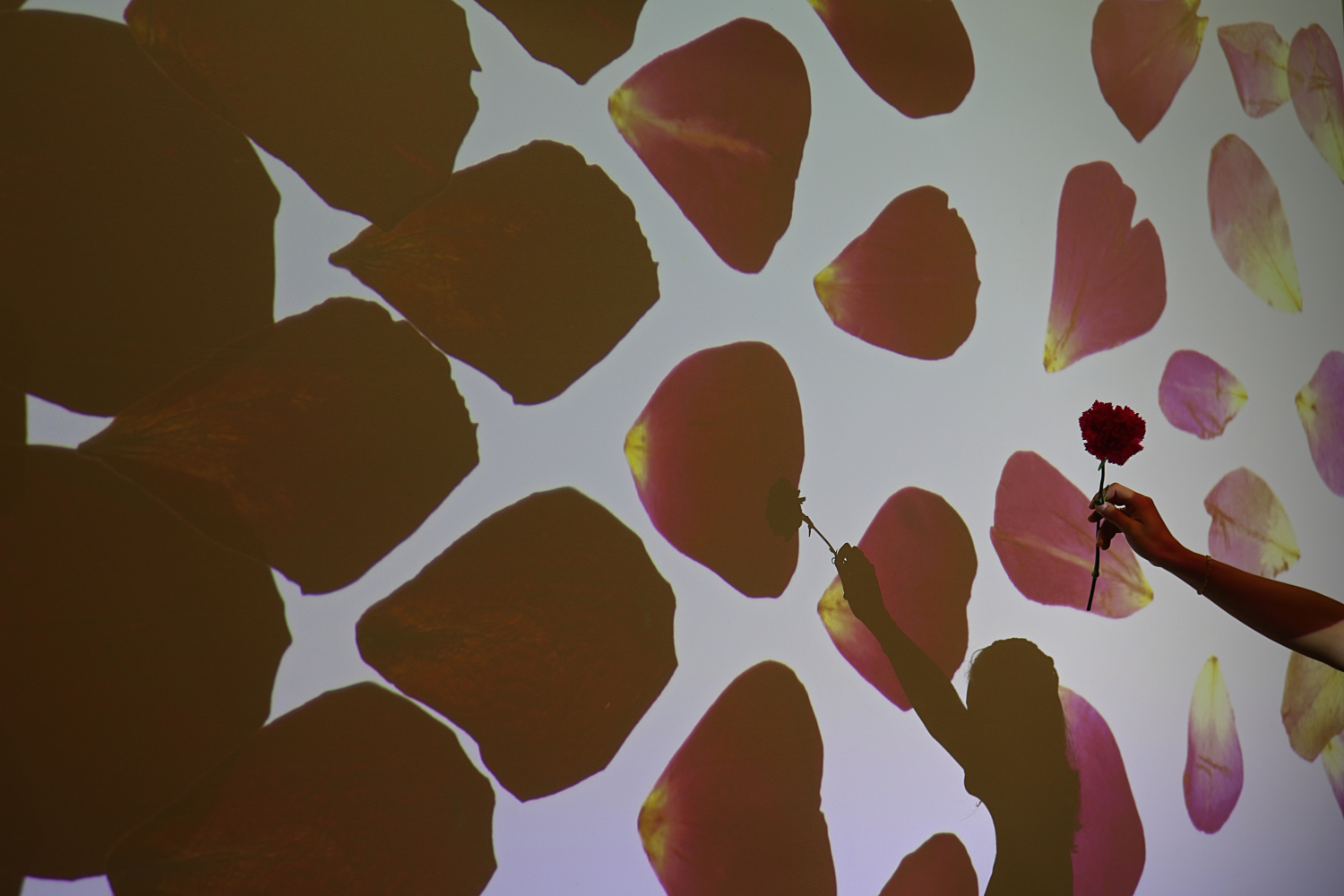
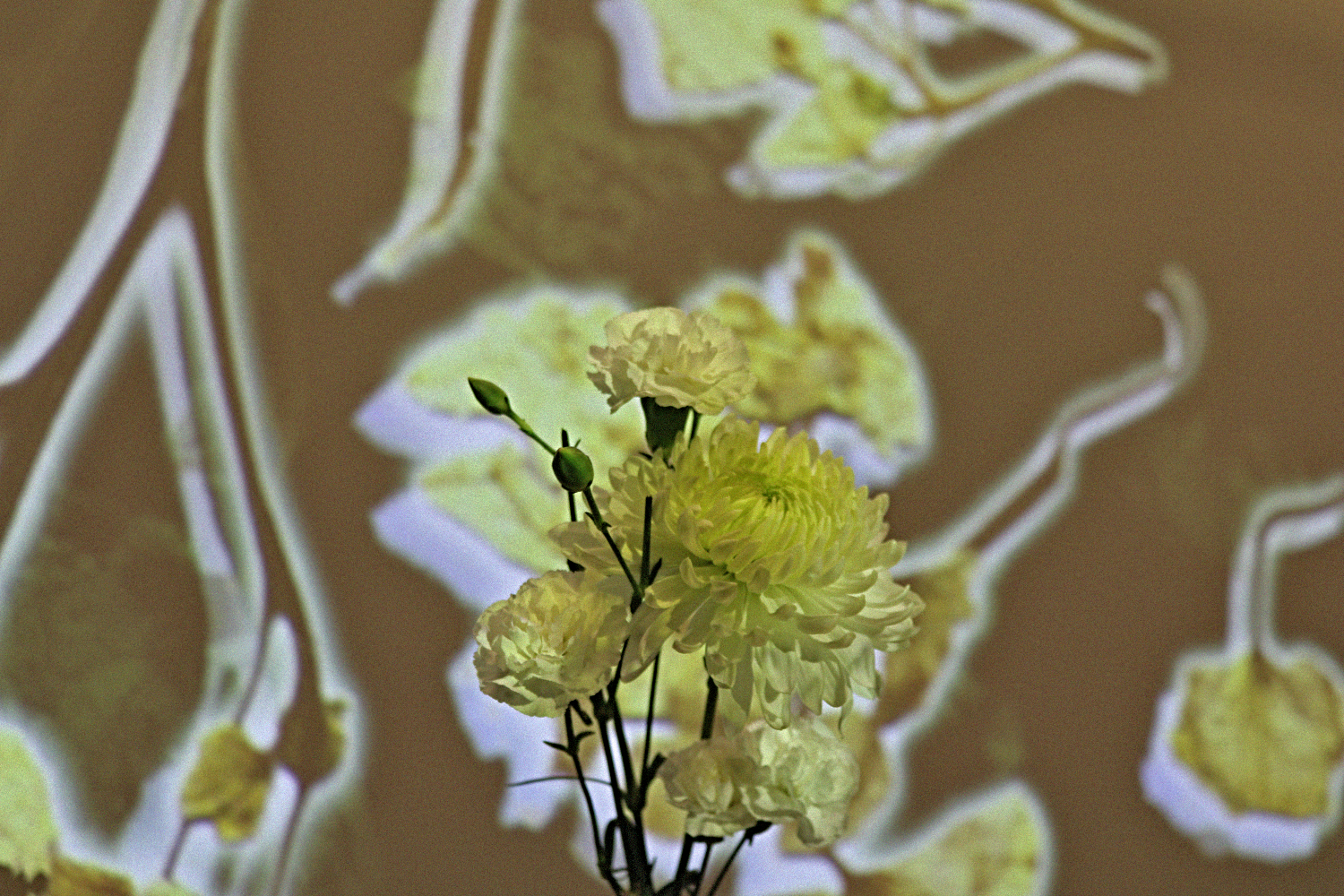
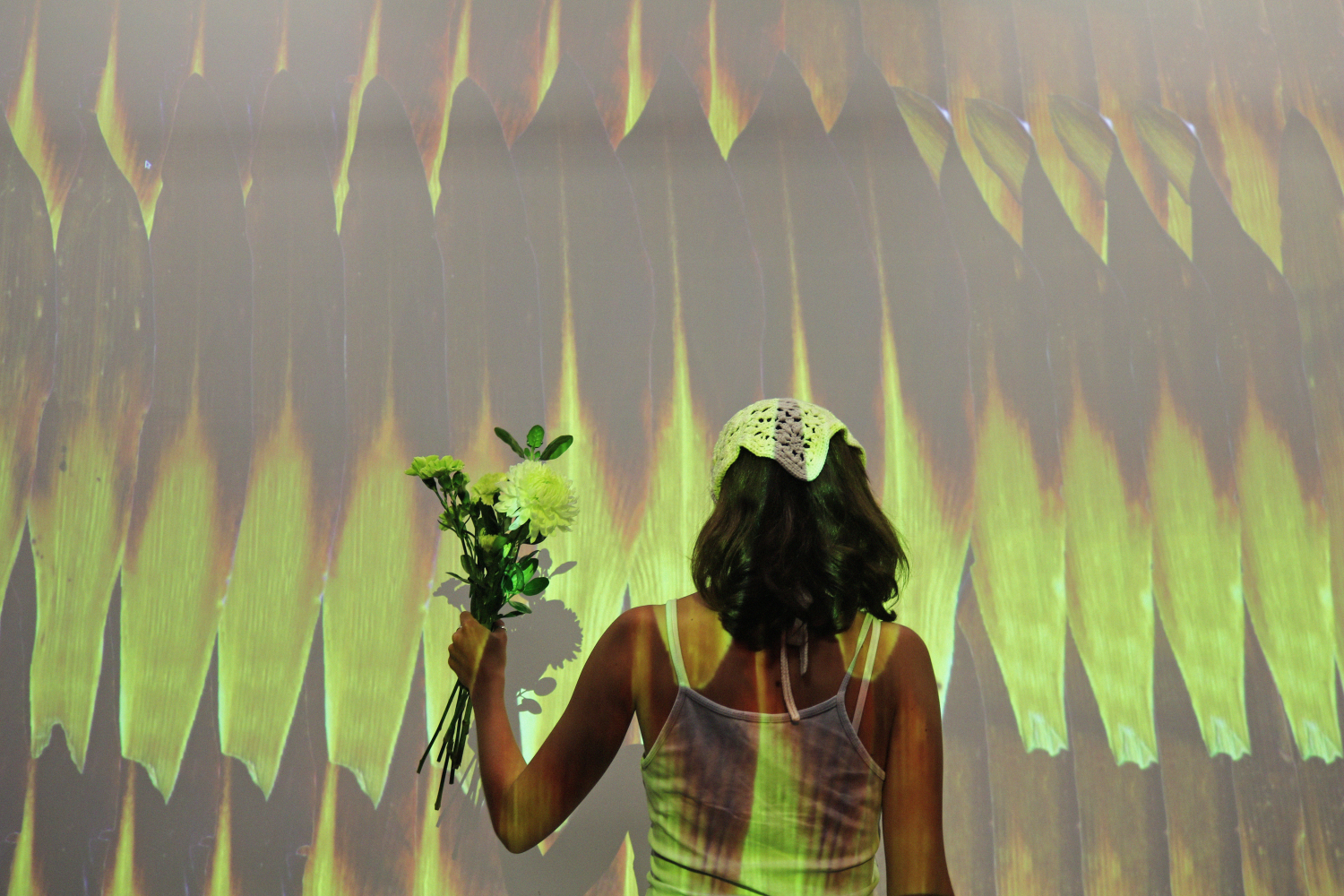

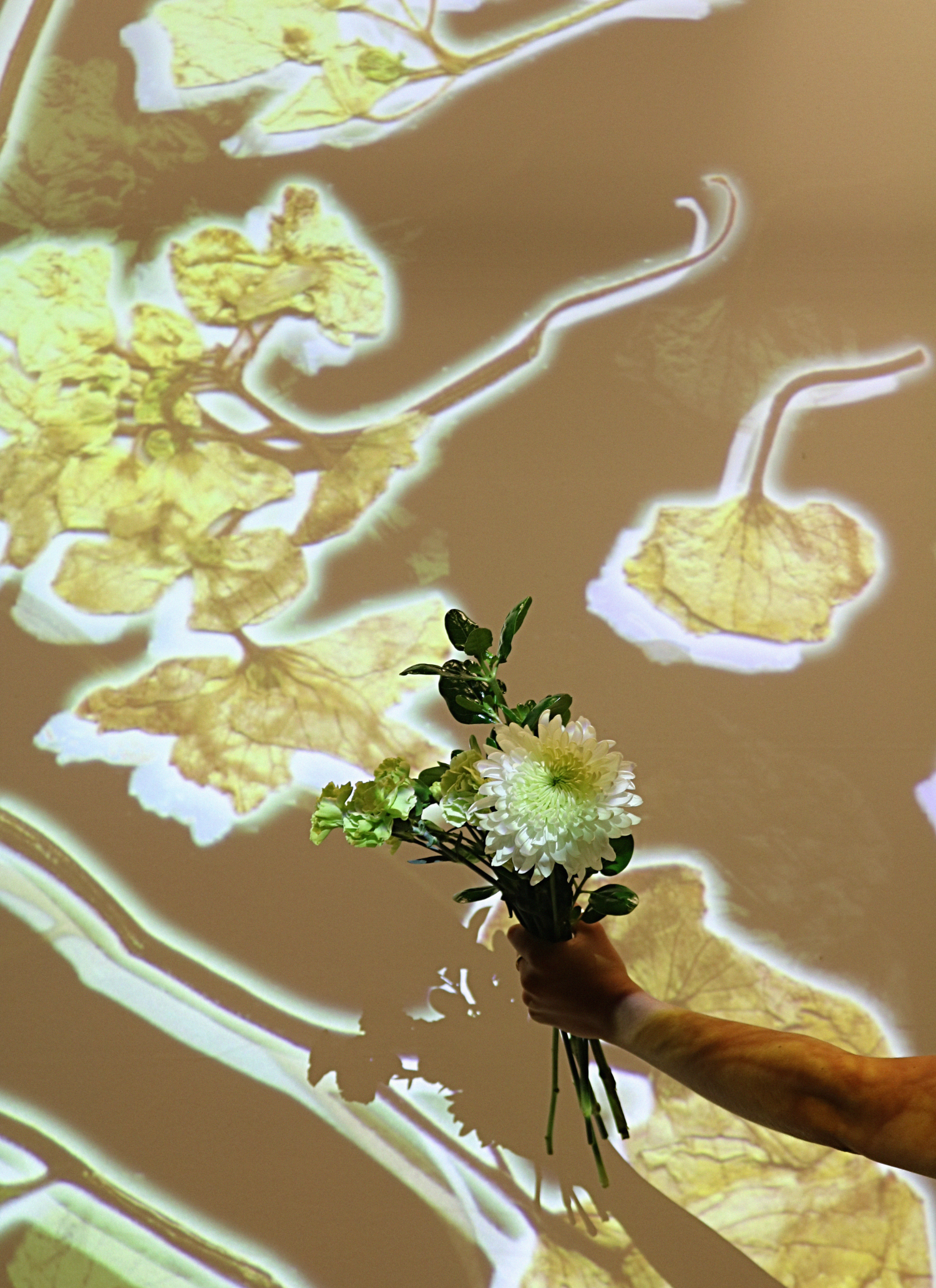
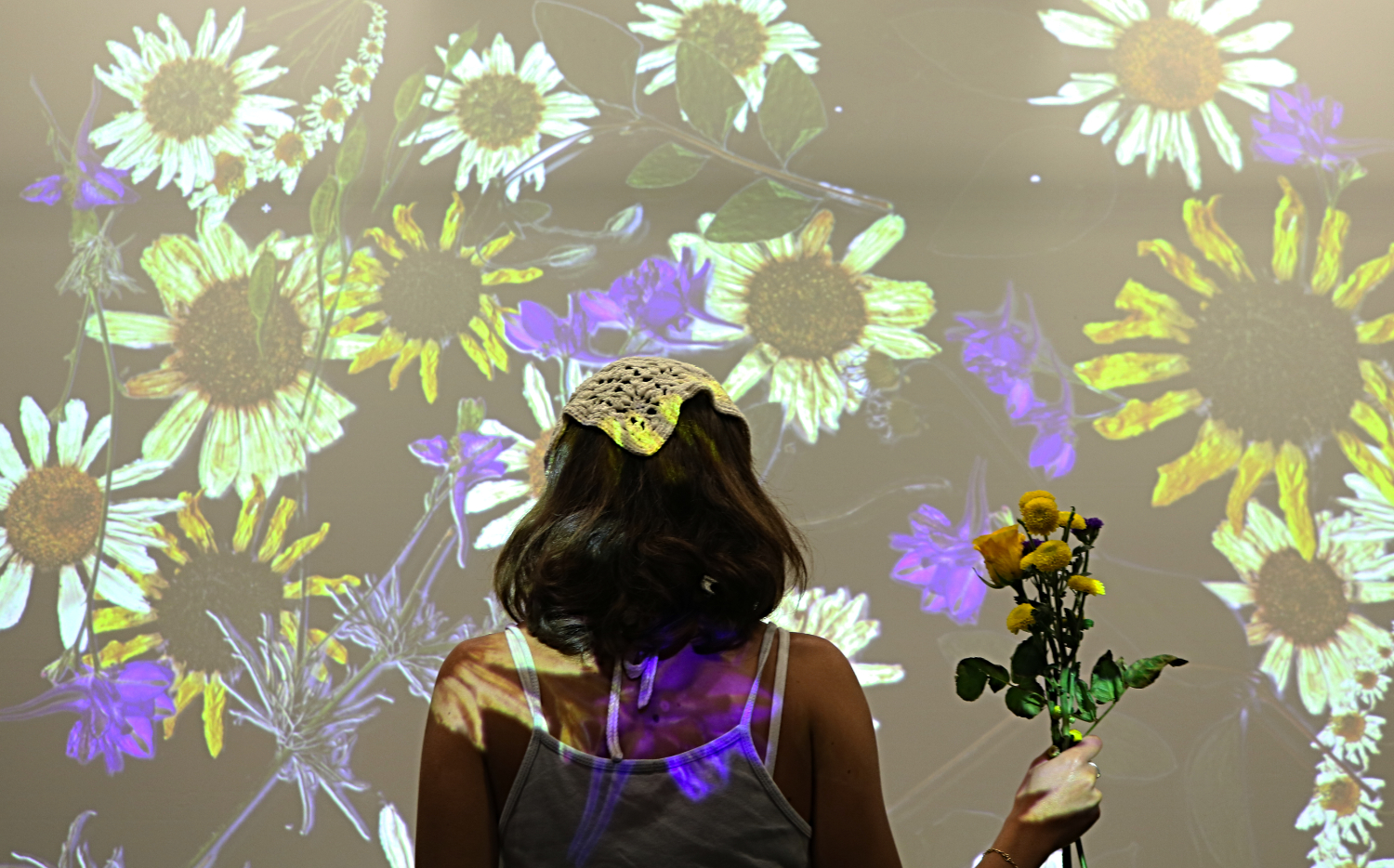
Into the Garden
Away from Keyboard
click here to see the making of this collection


















Throughout this Internet Art Cultures course we have graciously transitioned through the many different time periods of the internet and begun to understand how they have had an impact on where we are today. There are a number of personal takeaways from the course that have allowed me to inquire even further regarding certain topics. One in particular that I was highly intrigued with is the relatively new concept of NFTs, or non-fungible tokens. Before introducing them week six of class I had never even heard of the concept, let alone the incredible value that can accompany them. Since our then I have noticed NFTs all around me- on Instagram, in conversations with friends and families, and even overhearing strangers at a restaurant talking about them. It is extremely obvious to me now that the market surrounding NFTs is growing at a rapid pace, and the opportunities surrounding it seem almost endless.
There are a few examples of NFTs that stood out to me that I am first going to discuss before jumping into my own project. A recorded zoom lecture that can be found here was hosted by Chris Nunes and gives an amazing outline around what are NFTs, along with relevant examples in our current day. Pak is a digital creator who released his collection in April of this year and ended up selling his work for a total of $17 million. He put a great deal of thought into this collection, involving puzzles and games for the world to play in order to quire his work. This craftsmanship is respectable and captures very well the creative aspect of NFTs that can bring their value up so significantly. However, this is hardly significant compared to Beeple, one of the first to sell his creation as an NFT and end up with $70 million. His dedication of creating artwork every single day has paid off likely more than ever imaginable. But this is just the beginning.
As we continued through the quarter another new concept was introduced to me, relating to the term ‘Postinternet’ and more specifically Postinternet art. One study written by Elisavet Christou and Mike Hazas, from Lancaster University, discusses the importance of Postinternet art as well as the appropriation of internet technology and web content. It says “Postinternet artworks are not simply made online or for online use, instead they reflect the state of the world today by operating online and by adopting, borrowing and exploiting every aspect that makes the internet what it is today” (Christou, Hazas, 127). Previous years of the internet have supplied us with endless archives and references to consider when creating digital art today. The appropriation of our work is very often reflective of past creations, but not-so-often is it given credit or acknowledged. As the boundaries of internet culture are breaking and transforming into “a new cultural reality that composes the fabric of our everyday lives” (Christou, Hazas, 128) the use of the internet to create and share artwork is becoming more and more a part of our society. Because of this, there is an emphasized importance and value that comes with creating unique artworks and acknowledging appropriation as needed. This relates back to NFTs, as the most recent top-selling pieces are highly rare works that by selling them as NFTs the original artists are able to remain in control of the value they create. Because of the blockchain technology, after NFTs are sold the artist is able to track all future sales and gain a percentage of that transaction given the value continues to go up.
Given all the information I have learned throughout the quarter, I have decided to structure my final project, Into the Garden, as a collection of NFTs that would hypothetically be sold as individual tokens. To begin, I gathered an assortment of flowers from my backyard and around the neighborhood and pressed the individual flowers and petals, transforming them from three-dimensional into two-dimensional objects. Then I arranged them neatly and scanned the results into a digital form. Then, I used Affinity Designer to create multiple pieces of digital artwork- cutting, pasting, coloring and overlapping the objects to create an entirely new scenery. This was then exported in the PNG format, which allowed me to overlay the artwork on multiple colored backgrounds. Finally, I used a projector and had my friend hold up actual flowers to observe and photograph how the artwork would reveal itself overlaying a physical object.
Each flower, like Cryptopunks and many other NFTs, is entirely one-one-a-kind. Into the Garden is created to capture the specialness of these objects and present it in a new form for people to view on the internet. Each photograph gives the viewer an opportunity to observe and consider what aspects of the flower they find most exceptional- whether it be the color, uniform, size, or even background of the image. If these photos were to be sold as an NFT collection, potential buyers could choose their pieces based on which aspects of the flower they enjoy most.
Overall, I am very happy with the way this project came out. There were a number of uncertainties that I had coming into the assignment. At first, I was unsure whether the pressed flowers would scan in a way that really captured their unique beauty. I was surprisingly pleased with how clear they came out and was able to edit the individual flowers without too much trouble. This stage allowed me to be highly creative by applying layering techniques, gradient overlays, and lots of specialized cropping methods in order to arrange the pressed flowers into ways that I found satisfying. This phase I could have spent weeks messing around with, and had I had more time I believe there are hundreds of pleasing creations that could have come out of it. One thing that I learned here was how PNGs could change the entire look of the piece, and I enjoyed playing with that and understanding that format better.
The next step involved learning how to use a projector, which did not take long, and then framing a small object with my pressed flower artworks projected at a much larger scale. I did not anticipate the large screen to present difficulties in getting the projections to scale on the flowers. While this part turned out slightly different than I was expecting, I was ultimately able to capture great photos that would not have been possible had it been a smaller projection.
Return to home